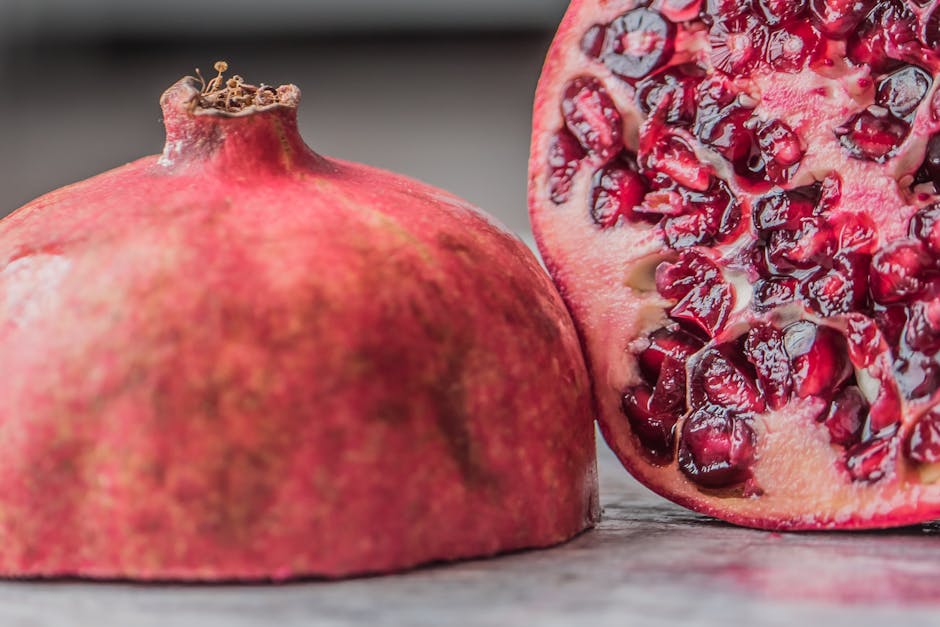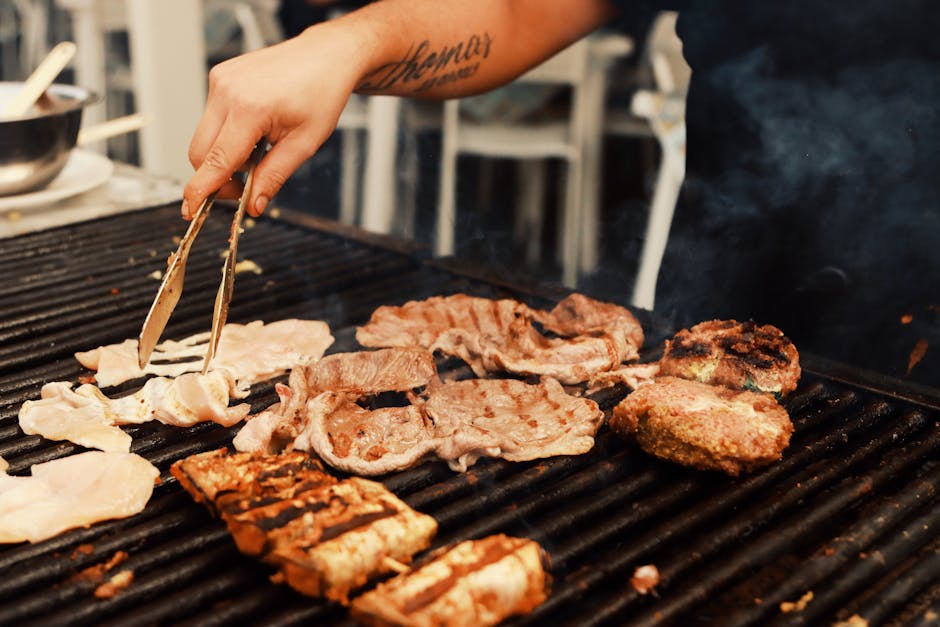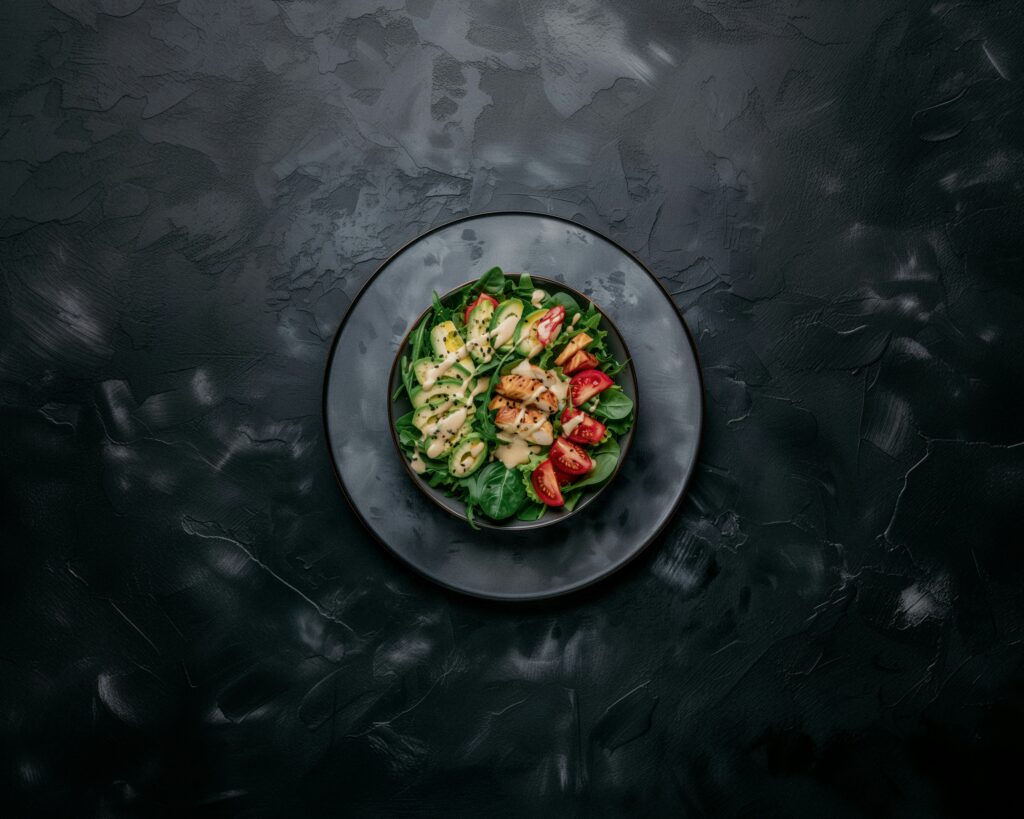Introduction: The New Appetite for Change
Global disruption used to be background noise. Now, it’s front and center at the dinner table. From broken supply chains to extreme weather, the shocks of the last few years have reshaped how we grow, move, and consume food—often in ways we didn’t see coming. As a result, more people are paying attention to where their meals come from, how they’re made, and what they mean for their health and the planet.
The rising demand for food that’s sustainable, transparent, and resilient isn’t just a niche concern anymore. It’s a growing expectation. Consumers are asking harder questions. Can this ingredient survive climate change? Is this product ethically sourced? Does this meal support my immune system?
What’s ahead in food goes beyond tastes and preferences. It’s a deeper shift shaped by four key forces: climate, economic uncertainty, advancing tech, and cultural evolution. These drivers are setting the table for a different kind of food future—one that blends innovation with intention. And if we want to keep up, we’d better learn the new menu.
Climate Change & Sustainable Eating
Climate volatility isn’t a future problem—it’s already on our plates. Farmers are wrestling with rising temperatures, erratic rainfall, and supply unpredictability. Crops fail or underperform, and old agricultural systems struggle to hold. The food industry is being forced into survival mode, and innovation is the only way through.
In response, we’re seeing a growing shift toward local sourcing and regenerative farming methods. These aren’t just buzzwords—they’re strategies to stabilize food production, improve soil health, and cut down on carbon-heavy logistics. More producers are leaning into “climate smart” agriculture—smaller footprints, smarter inputs, and techniques that work with nature instead of against it.
At the consumer level, sustainability is no longer just for niche eaters. Eco-conscious diets are inching toward mainstream. People want food that reflects their values: lower emissions, less waste, more planet-friendly. Meatless Mondays are evolving into plant-based lifestyles, driven as much by climate concern as by personal health.
For more on how this trend is expanding, read: The Rise of Plant-Based Diets – What You Need to Know.
Post-Pandemic Health Priorities
The ripple effects of COVID-19 didn’t stop at hand sanitizer and face masks. The pandemic cracked open a new way of thinking about food—not just what fills you up, but what keeps you strong. People started looking for fuel, not fluff. Immunity-boosting ingredients, nutrient-dense staples, and anything labeled “functional” shot to the top of shopping lists.
Fermented foods like kimchi, kefir, and kombucha moved from niche to mainstream. Not just for flavor, but for gut health. The same with functional snacks. If it promises a brain boost or digestive support, it’s landing in carts. Wellness shelves are swelling, but with a sharper eye—consumers are done with vague health claims. They want clarity. Where it’s from, what’s in it, how it works.
Sourcing transparency isn’t just a bonus anymore, it’s expected. Labels are under the microscope. Vague origin stories raise red flags. This shift isn’t about fear—it’s about control. People want to know what they’re putting into their bodies, especially when global health shook trust at every level. The food industry is listening. Or at least, the ones that want to hang around are.
Geopolitical Tensions & Food Security
Food is no longer just about nutrition—it’s become a geopolitical issue. War in key agricultural regions, unpredictable trade relationships, and persistent inflation are scrambling traditional supply chains. What once seemed stable—like access to grains, cooking oil, or even affordable dairy—is now volatile. Countries are stockpiling. Export bans are more common. And regular consumers are seeing it directly on grocery receipts.
This fragility has sparked a fresh urgency around food innovation. If tomatoes can’t come from halfway across the world in December, solutions need to be closer to home—and faster. Enter vertical farming, which brings produce into urban centers and trims the distance between farm and plate. Lab-grown meat is also picking up speed, aiming to sidestep traditional livestock’s resource demands. These aren’t niche experiments anymore; they’re now cornerstones of future-proofing how we feed people during political and economic chaos.
Resilience is the name of the game. Whether that’s through local tech-based farming or rewriting how we source core ingredients, the industry is being forced to adapt. Fast.
Cultural Migration & Flavor Fusion
Global migration isn’t just reshaping cities—it’s reshaping kitchens. Diasporas are carrying not only stories and traditions, but ingredients, tools, and cooking styles that are mixing into local food scenes in big ways. You’ll spot Burmese curries on Brooklyn menus, Filipino adobo in French bistros, or West African spice blends used in Nordic stews. This isn’t just novelty—it’s hunger for new comfort, shaped by global roots.
Chefs and home cooks alike are ditching the idea of purity and going all in on reinvention. Think bao stuffed with birria or tagines reimagined as plant-based bowls. These aren’t gimmicks. They’re evolutions—born at the intersection of heritage and adaptation.
Meanwhile, street food is climbing up the fine dining ladder. You’re just as likely to find a chef plating tacos under dim lights as you are to bump into them serving shawarma out of a shipping container. What were once humble meals in paper wraps are now elevated expressions of identity and memory. Welcome to the golden age of comfort fusion, where tradition isn’t preserved under glass—it’s being playfully remixed in real time.
Tech’s Role in Shaping What We Eat
We’re well past the point where tech just takes up space on the kitchen counter. In 2024, AI is now writing your dinner menu, and your stove has opinions. Smart ovens sync with recipe apps to time each phase of your meal, make temperature adjustments on the fly, and even suggest what to cook based on what’s in your fridge. AI-generated recipes are also catching on—not just for novelty, but for solving real daily dilemmas like dietary restrictions and budget constraints.
At the same time, food has gone personal. Apps and wearables now offer nutrition insights based on your actual habits, and some integrate biometrics to build precision meal plans. The result: fewer one-size-fits-all diets, more tuning into individual needs. For many, it’s about balance—eating to feel good, not just look good.
And then there’s the content factor. Social media keeps fueling the wild ride—think scrambled egg toast one week, and quiet minimalist broths the next. But it’s not only about hype anymore. A slow-burning “anti-hype” wave is forming, with creators rejecting gimmicks and championing low-key, real food. Whether it’s chaotic food hacks or quiet cooking aesthetics, one thing is clear: food culture is being shaped by swipes and scrolls as much as by simmering pots.
What It All Means for the Future
This isn’t just a trend cycle. It’s a full-system shift, and the next wave is already crashing the shores. Climate-resilient crops—engineered or rediscovered to survive extreme conditions—are carving out space on supermarket shelves. Tech is pushing fermentation into the future, letting us grow protein from microbes instead of livestock. And smart supply chain innovations are cutting food waste before it even happens.
Consumers aren’t just watching this happen. They’re driving it. Brands without a mission—those that don’t speak to environmental impact, social responsibility, or health—are being left behind. People are done with buzzwords. They want proof. They want purpose.
So here’s the blunt truth: adapt or be forgotten. What we eat, how we source it, and who we buy from is being reshaped by climate pressure, economic reality, and cultural demand. In this environment, the kitchen has become one of the most direct expressions of global change. The brands, growers, and makers that thrive will be the ones who lean in, stay nimble, and own their role in the bigger picture.


 Jennifera is passionate about sharing culinary stories that blend tradition with innovation. At FoodHypeSaga she creates engaging articles that inspire readers to discover new dining experiences and food movements.
Jennifera is passionate about sharing culinary stories that blend tradition with innovation. At FoodHypeSaga she creates engaging articles that inspire readers to discover new dining experiences and food movements.

